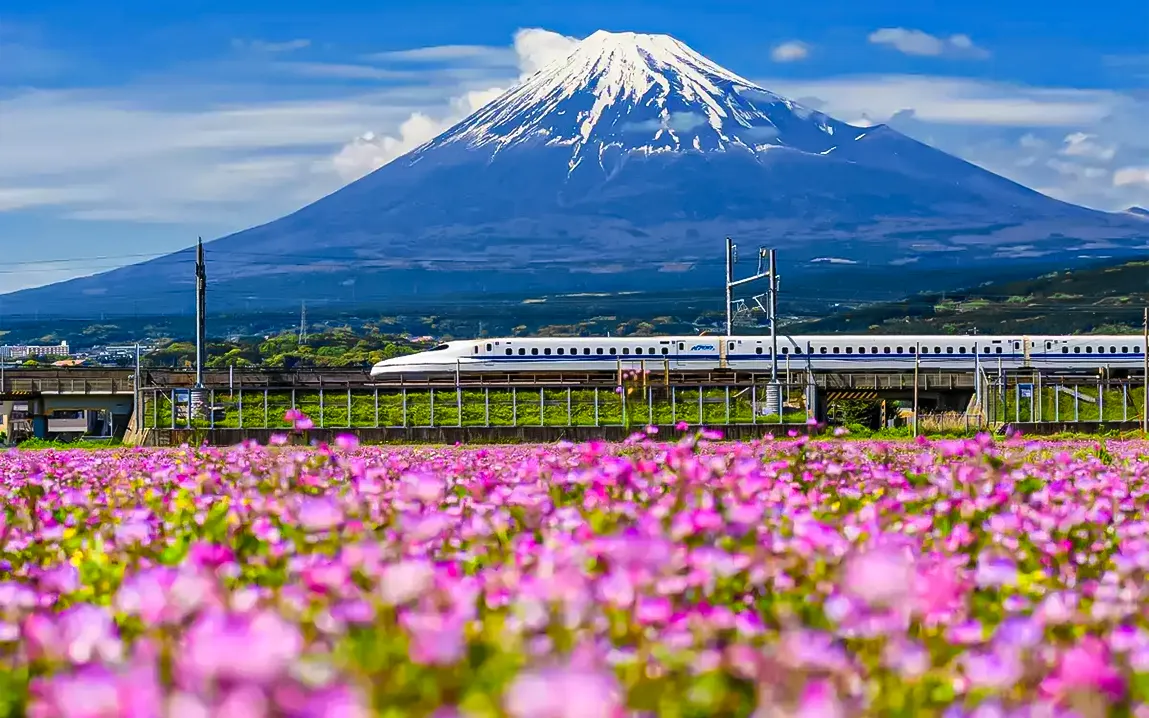In 2024, Japan saw a staggering 36.87 million international visitors, the largest record of foreign visitors ever in its history. From flower-potential admirers of the cherry blossoms in Kyoto to winter sports enthusiasts in Hokkaido, international visitors swarmed into the Land of the Rising Sun, attracted by a depreciating yen, bargains on luxury, and unbeatable cultural allure.
This boom has pushed Japan to the world’s best tourism, even surpassing pre-pandemic trends. Yet under the shiny photos of crowded temples and radiant nightlife is a quieter, more intricate story — one of internal withdrawal.
Whereas foreign arrivals hit all-time highs, traveling in Japan by Japanese citizens fell drastically. Domestic travel dropped to about 540 million in 2024, down 8.2% from 2019 levels. The comparison is stark and begs the question of the health of tourism at home.
So why aren’t Japanese people opting to travel?
A number of important issues are coming into play. Increased travel prices, crowded tourist destinations, and financial insecurity are causing domestic tourism to fall out of favor. Numerous Japanese citizens have complained on social media about lengthy lines, crowded avenues, and a perceived disrespect for Japanese tradition on the part of some international visitors, particularly in densely traveled sections such as Kyoto and Tokyo’s Shibuya.
Another major driver is an aging and declining population. With fewer youths and an increasing older population, there’s just fewer numbers of prospective domestic travelers. In response to this, local authorities and tourism boards have introduced innovative schemes.
In Kagawa Prefecture’s Kotohira, tourists can offset their travel costs by working short shifts in old-fashioned inns or restaurants — basically converting vacations into mini work-holidays. Rural areas such as Nagano and Niigata are also trying agritourism, providing immersive experiences in which travelers work with farmers in rice fields or apple orchards.
That has failed to reignite domestic travel enthusiasm, however. Economic pressures are building, and the depreciating yen — while it is good news for overseas spenders — has also put upward pressure on the costs of travel, eating out, and hotels for Japanese citizens.
The state has ambitious plans: it wants to receive 60 million foreign tourists every year by 2030. But local residents and experts are highlighting the necessity of a more harmonious approach. Sustainable tourism is not a catchword anymore — it’s necessary to protect the country’s heritage, benefit local people, and make trips useful for both tourists and the hosts.
Japan’s tourism miracle is real — with a growing headache. As the nation looks to the future, its challenge will be balancing its popularity globally while reviving interest and accessibility among its own people.



